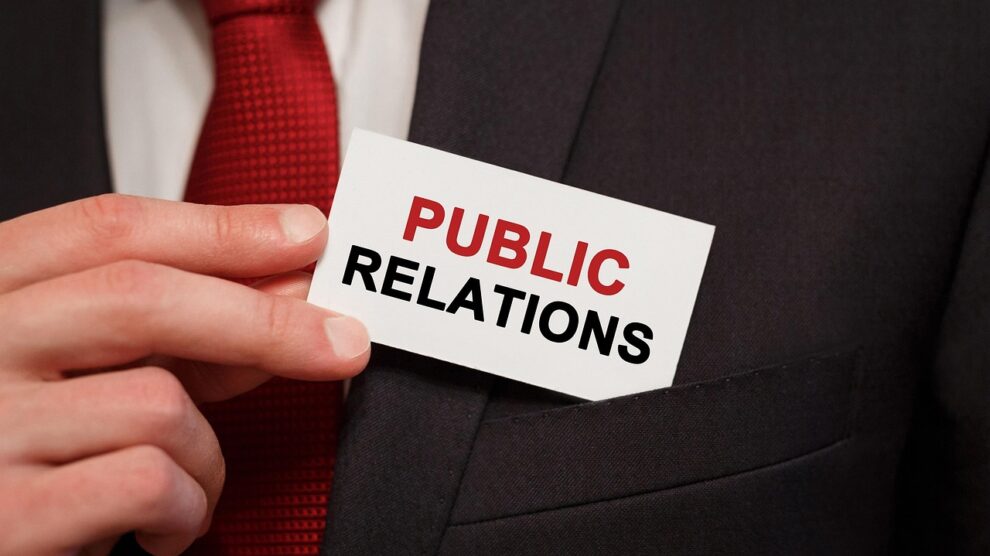Companies promoting their products often turn to public relations rather than marketing due to PR’s capability for long-term brand building. With marketing, the goal is typically quick wins — direct sales, lead generation, or website traffic. Campaigns are tightly focused, and timelines are short.
With PR, however, the goal is building brand reputation. Repeated media mentions build momentum that leads to long-term brand awareness. Rather than simply making the kind of connections marketing facilitates, PR strategies strive to build trust that leads to loyalty.
To maximize the long-term impact of PR strategies, campaigns must be committed to promoting a product through several phases. The following are four key steps PR pros can take to ensure product launches build the momentum needed for long-term success.
Step 1: Build a pre-launch buzz
Successful PR begins long before a product leaves the launch pad. Developing effective PR strategies starts with understanding how the product fits into the current market and what channels will most effectively connect it with the target audience. By building a pre-launch buzz, companies can generate anticipation for the product, which makes it easier to effectively land launch messaging.
Market research identifies where you’ll find your best audience and who would be most effective to speak to them. If research points to journalists with whom you don’t already have relationships, start connecting as soon as possible. And when you identify influencers who could help with promotion, reach out to see if they can help in a way that works with the launch timeline.
Teasers are a great way to build pre-launch buzz. Exclusive previews provided to key journalists or influencers can help spread the word and give the product’s designers early feedback. Pre-launch events that make products available or provide sneak peeks are another option.
If clients are reluctant to share too many details about a product before it hits shelves, publicists may need to get creative in this phase. For example, you can tease what the product does by explaining what problem it solves for the market without revealing exactly what it is. Ideally, the client will appreciate the value of giving key outlets advance access. If not, however, it is still possible to build a pre-launch buzz.
Step 2: Make a strong debut with the launch
The launch is the critical moment for product PR and the one that requires the most work. Like with a rocket launch, if you don’t give the product the PR fuel it needs to get off the launch pad, it will crash and burn before it becomes visible.
To ensure the launch attracts attention, use every available channel. Leverage influencers, host launch events, and strategically place engaging content in key media outlets. The buzz created pre-launch should get louder on launch day.
Embargoed press releases are one tool that can be used during pre-launch to help get the word out. These releases are typically shared with reporters you know you can trust and shared before the news they contain can be made public. They are meant to give journalists an opportunity to prepare articles that will appear on or immediately following the launch date.
When promoting products, press kits can be provided to ensure media outlets and influencers have all the details they need. The kits can include a fact sheet on the product, images of the product that are optimized for digital and print publication, and videos of the product in action.
One challenge publicists may face during this phase is keeping clients on task regarding PR opportunities. During a product rollout, clients will have plenty to do, which could distract them from the PR strategy. Publicists should commit to ongoing communication with clients during this phase to improve the chances that clients will stay focused on providing content and commentary.
If podcasts or interviews are part of the launch strategy, determine if the client needs media training. Make sure they understand the key points of the campaign and feel comfortable promoting it on camera. Also, ensure the client has the equipment needed — including a webcam, microphone, and stable internet connection — to participate in a remote interview.
Step 3: Foster post-launch engagement
Once the product is released, customer engagement can be added to PR efforts. This can include diving into feedback channels, such as social media or marketplaces where ratings are posted, to thank consumers and respond to their inquiries or comments. When you listen to your customers, you communicate that you value their feelings and opinions, which is a key component of building brand loyalty.
Engaging with feedback can also help to identify and encourage user-generated content. Happy customers promoting a product is one of the best forms of earned content. As prospective customers see that kind of feedback, trust for the product and company spreads.
Publicists should also consider shifting messaging at this point to include highlights from the launch. This is when the product’s latest accolades, things like “Featured in USA Today” or “Mentioned on Lenny’s Podcast,” are added to pitches and press releases. Media updates provided at this point can also highlight the milestones the product is achieving.
Step 4: Optimize the campaign for long-term brand-building
While the length of a launch campaign can vary depending on the type of product and the traction it has gained, eventually, PR efforts will shift to long-term brand building. At this point, publicists can assess KPIs to measure the campaign’s effectiveness and learn what content elements resonate with customers. Analyzing feedback can also help reframe media outreach in a way that optimizes PR impact.
At this point, brands may want to invest more heavily in thought leadership and establish their principals as industry experts. By offering authentic content that adds value and builds community, brands can further boost brand loyalty.
Increasing awareness and generating demand will always be key goals for product PR. However, the most effective campaigns will lay the groundwork for brand loyalty by following through with efforts to engage with customers, show them they are valued, and establish long-term relationships.





